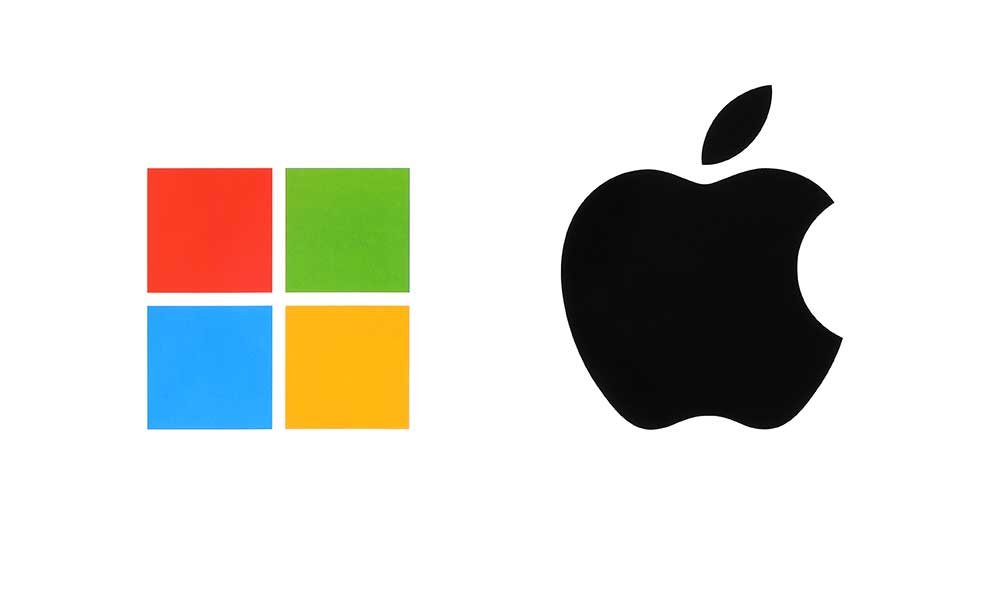The debate between Mac and Windows has been going on for years, and there are passionate users on both sides. Each operating system has its own strengths and weaknesses, and the choice ultimately depends on individual preferences and needs.

User Interface
One of the most noticeable differences between Mac and Windows is their user interface. Macs have a sleek and minimalist design with an easy-to-use interface, while Windows has a more complex and customizable interface. Macs have a dock at the bottom of the screen that provides quick access to frequently used apps, and their menus and icons are consistent across all applications. Windows, on the other hand, has a start menu that provides access to apps and system settings, and users can customize their desktops with widgets and icons.
Hardware
Apple is known for its hardware, and Macs are no exception. Macs are designed to work seamlessly with Apple’s hardware, such as iPhones and iPads, and they are built with high-quality materials. Macs are generally more expensive than Windows PCs, but they are known for their durability and longevity. Windows PCs, on the other hand, come in a wide range of prices and quality, and users have more options for customization.
Software
Both Mac and Windows have a wide range of software available, but there are some differences. Macs come with a suite of built-in apps, such as Safari, Mail, and GarageBand, which are optimized for the Mac operating system. Macs also have access to the Mac App Store, which offers a curated selection of third-party apps. Windows PCs have a wider range of software available, including many popular games and applications, but some applications may not be optimized for the Windows operating system.
Security
Macs are known for their security and are less susceptible to malware and viruses than Windows PCs. Macs have a built-in security feature called Gatekeeper, which prevents users from installing malicious software. Macs also have a more secure login process with Face ID or Touch ID. Windows, on the other hand, is more susceptible to malware and viruses and requires antivirus software to protect against these threats.
Compatibility
One of the biggest differences between Mac and Windows is compatibility. Macs are not compatible with all software, and some hardware may not work with Macs. This can be frustrating for users who need to use specific software or hardware for work or personal use. Windows, on the other hand, has a wider range of compatibility with software and hardware, making it a more versatile operating system.
Support
Apple is known for its customer support and offers a comprehensive warranty and support program for Macs. Apple Stores offer in-person support and repairs, and AppleCare provides extended warranty and technical support. Windows PCs, on the other hand, are supported by a wide range of manufacturers, each with their own support programs.
Conclusion
Both Mac and Windows have their strengths and weaknesses, and the choice ultimately depends on individual preferences and needs. Macs are known for their user-friendly interface, high-quality hardware, and security, but they can be more expensive and have limited compatibility. Windows PCs, on the other hand, offer more versatility and compatibility, but they are more susceptible to malware and require antivirus software.